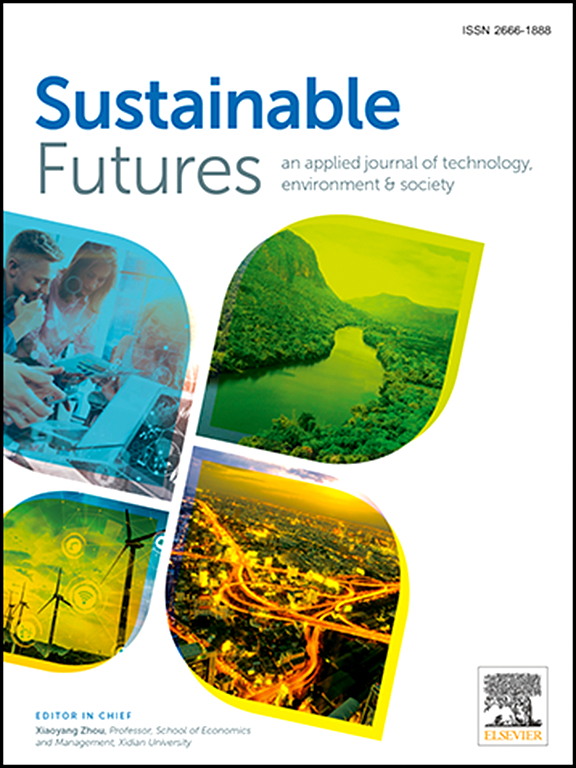Does the promotion and application of new energy vehicles contribute to the reduction of carbon intensity? A quasi-natural experiment analysis
IF 3.3
2区 社会学
Q2 ENVIRONMENTAL SCIENCES
引用次数: 0
Abstract
This study examines the impact of the promotion and application of new energy vehicles (PANEVs) policy on carbon intensity across 282 Chinese cities. Using this quasi-natural experiment, the results show that PANEVs significantly reduce carbon intensity in the treated cities. Mediation analysis reveals that while the policy may lead to higher carbon intensity due to transportation industry structural upgrading and reduce carbon intensity by promoting green technology innovation. This study also finds that the heterogeneous characteristics of urban economic development, population density, and technological foundation influence the impact of PANEVs on carbon intensity. Additionally, the spatial spillover effects of PANEVs further lower carbon intensity in neighboring cities, promoting regional green integration. The results of this study provide valuable insights for policymakers involved in new energy vehicle-related initiatives.
求助全文
约1分钟内获得全文
求助全文
来源期刊

Sustainable Futures
Social Sciences-Sociology and Political Science
CiteScore
9.30
自引率
1.80%
发文量
34
审稿时长
71 days
期刊介绍:
Sustainable Futures: is a journal focused on the intersection of sustainability, environment and technology from various disciplines in social sciences, and their larger implications for corporation, government, education institutions, regions and society both at present and in the future. It provides an advanced platform for studies related to sustainability and sustainable development in society, economics, environment, and culture. The scope of the journal is broad and encourages interdisciplinary research, as well as welcoming theoretical and practical research from all methodological approaches.
 求助内容:
求助内容: 应助结果提醒方式:
应助结果提醒方式:


